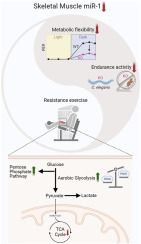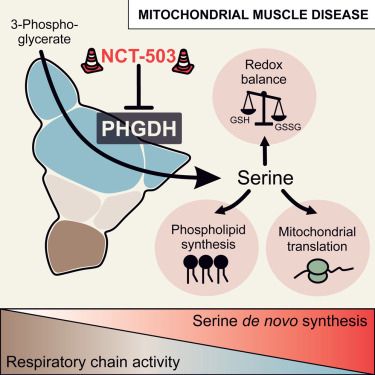
Orcid: https://orcid.org/0000-0002-2313-0735
Mechanical loading induces distinct and shared responses in endothelial and muscle cells and reveals exercise-like molecular profiles
@wrihelsinki.bsky.social
www.biorxiv.org/content/10.1...


How do genetics and physiology shape training responses? 🏋️♀️
Join us in Jyväskylä, Finland, Nov 19–21 for the Inter-Individual Variation in Resistance Training Responses Conference.
www.jyu.fi/en/news/indi...

How do genetics and physiology shape training responses? 🏋️♀️
Join us in Jyväskylä, Finland, Nov 19–21 for the Inter-Individual Variation in Resistance Training Responses Conference.
www.jyu.fi/en/news/indi...
tum-conf.zoom-x.de/j/6920502369...
Password: 702487



Check how differently muscle cells and endothelial cells respond to mechanical loading from our latest study. Great work by @erikniemi.bsky.social @smantyselka.bsky.social and collaboration with @juhahulmi.bsky.social. Supported by @wrihelsinki.bsky.social

@mackinprof.bsky.social, @abigailmackey1.bsky.social, M Bamman, T Hornberger, M Roberts, B Schoenfeld, M Perola, G Nader, E Sillanpää, A Hecksteden, W Derave, P Atherton, J Ahtiainen and me.
tinyurl.com/34xzsdss

@mackinprof.bsky.social, @abigailmackey1.bsky.social, M Bamman, T Hornberger, M Roberts, B Schoenfeld, M Perola, G Nader, E Sillanpää, A Hecksteden, W Derave, P Atherton, J Ahtiainen and me.
tinyurl.com/34xzsdss
link.springer.com/article/10.1...

physoc.onlinelibrary.wiley.com/doi/10.14814...
physoc.onlinelibrary.wiley.com/doi/10.14814...
physoc.onlinelibrary.wiley.com/doi/10.14814...

physoc.onlinelibrary.wiley.com/doi/10.14814...

Erik A. Richter, et al.
doi.org/10.1152/phys...
#GlucoseMetabolism #InsulinSensitization

Erik A. Richter, et al.
doi.org/10.1152/phys...
#GlucoseMetabolism #InsulinSensitization

link.springer.com/article/10.1...

link.springer.com/article/10.1...
A new Marie Skłodowska-Curie Actions Postdoctoral Fellowships 2025 call is now open.
With a budget of €404.3 million, it will support around 1,650 researchers from Europe and beyond.
Apply by 10 September → europa.eu/!fBTMgF
These five websites offer free scientific illustrations for biologists. Great for presentations, research papers and other research communication needs.
Save and share the post!

These five websites offer free scientific illustrations for biologists. Great for presentations, research papers and other research communication needs.
Save and share the post!
physoc.onlinelibrary.wiley.com/doi/full/10....
@jphysiol.bsky.social @varjosal.bsky.social

physoc.onlinelibrary.wiley.com/doi/full/10....
@jphysiol.bsky.social @varjosal.bsky.social
A Place of Joy.

"Human skeletal muscle possesses both reversible proteomic signatures and a retained proteomic memory..." #myoblue
www.biorxiv.org/content/10.1...

"Human skeletal muscle possesses both reversible proteomic signatures and a retained proteomic memory..." #myoblue
www.biorxiv.org/content/10.1...

